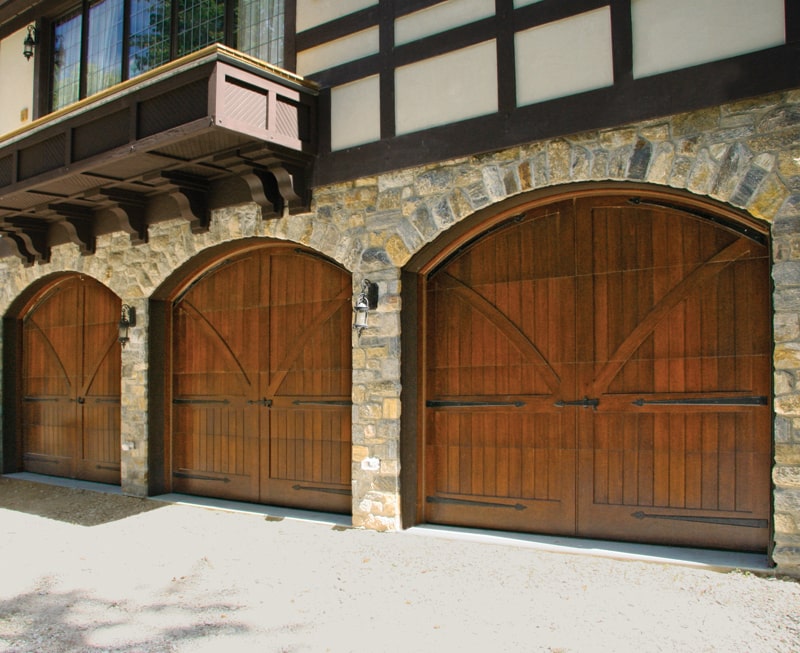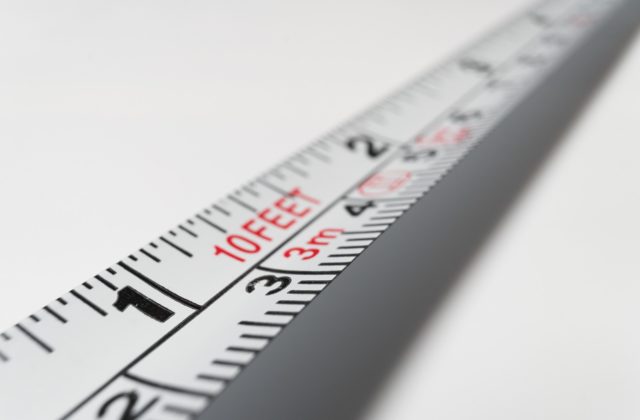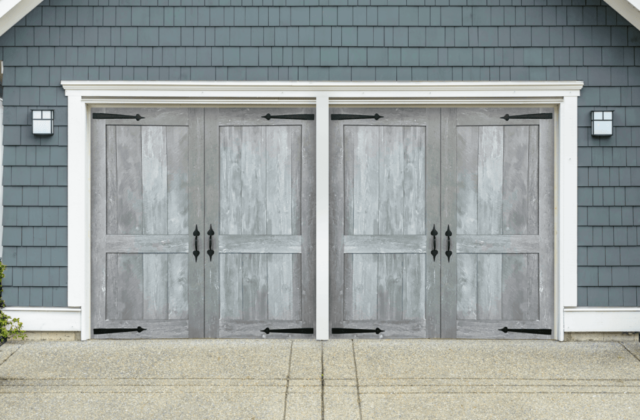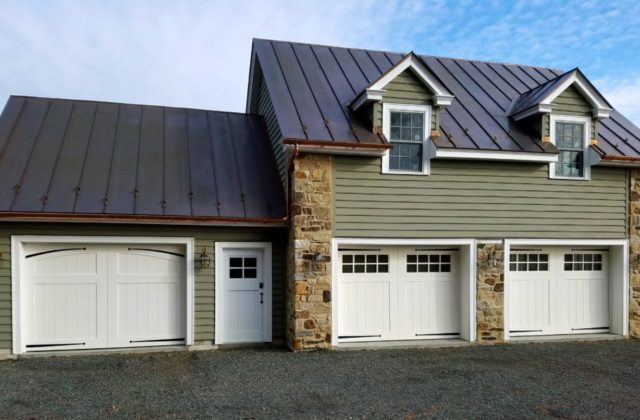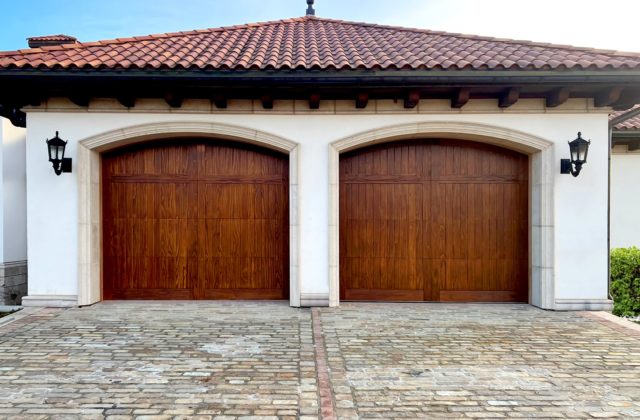Is your garage door making loud, grinding noises every time it opens or closes? A noisy garage door isn’t just annoying—it can also be a sign that your door needs maintenance. Over time, garage doors that aren’t regularly lubricated and maintained can become stiff, noisy, and prone to breakdowns.
Regular lubrication is one of the easiest and most effective ways to keep your garage door running smoothly. Proper lubrication:
- Keeps the door operating safely
- Reduces noise and grinding
- Extends the life of moving parts
- Prevents costly repairs
How Often Should You Lubricate a Garage Door?
For most homes, lubricating your garage door every six months is ideal. If you live near the coast or in extreme weather conditions (very cold, hot, or humid), inspect more frequently to ensure parts aren’t rusting or drying out.
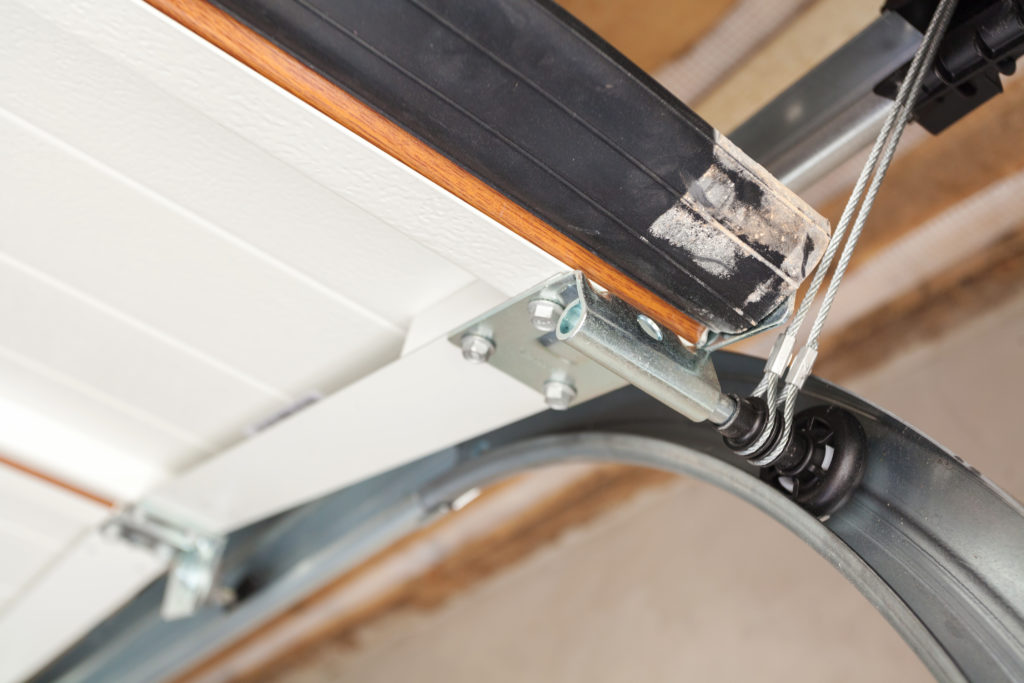
Pre-Lubrication Maintenance Checklist
Before applying lubricant, inspect your door for loose hardware or worn-out parts. Lubricating damaged components won’t solve the problem and can even mask safety issues.
1. Tighten Hardware
- Inspect and tighten all nuts, bolts, and screws on your door.
- Avoid overtightening, which can cause damage.
2. Inspect Rollers
- Replace worn or damaged rollers (especially if bearings are exposed) before lubricating.
- Rollers guide your garage door along its tracks
3. Check the Hinges
- Damaged hinges can cause sections of the door to bind or make noise.
- Replace if bent or cracked.
4. Adjust the Garage Door Opener Chain
- A loose chain can slap against the rail and create extra noise.
- Tighten according to your opener’s manual.
How To Lubricate Your Garage Door: Step-By-Step Guide
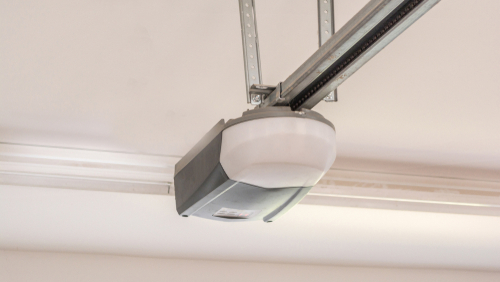
1. Turn Off Power to the Opener
If your garage door is automatic, unplug the opener or switch off the power to prevent accidental activation while you’re working.
2. Clean the Tracks (But Don’t Lubricate Them)
Use a damp cloth to wipe away dust and debris from the inside and outside of the tracks. For stubborn buildup, use automotive brake cleaner.
Tip: Do not lubricate the tracks, it can make your garage door harder to open by attracting grime.
3. Lubricate the Hinges
Apply lubricant to each hinge where it bends. This allows smooth movement between sections.
4. Lubricate the Rollers
Spray lubricant on the small ball bearings inside the rollers. Wipe away any excess.
Important: Do not lubricate nylon rollers — only the bearings if exposed.
5. Lubricate Springs and Bearing Plates
Coat the torsion springs and the circular bearing plates at the top of the door. Open and close the door a few times to distribute grease evenly.
6. Lubricate the Armbar and Lock
If your garage door has a manual lock, apply lubricant to the armbar, lock mechanism, and keyhole. This prevents rust and makes it easier to lock and unlock the door.
7. Lubricate the Opener Rail
Finally, apply lubricant to the top of the opener rail (the metal bar where the chain or belt runs). Use a cloth to spread the grease evenly.
Tip: Don’t lubricate the opener chain itself—most chains are pre-lubricated and don’t require extra grease.
Best Lubricants for Garage Doors
Choosing the right product makes all the difference. Look for silicone sprays or white lithium grease — both are long-lasting and designed for metal-on-metal contact. Avoid standard WD-40, engine oil, or heavy greases, as they attract dirt.
Recommended Products:
Based on performance, durability, and ease of application, here are the best garage door lubricants on the market:
- WD-40 Specialist White Lithium Grease Spray
- DuPont Teflon Non-Stick Dry Film Lubricant
- Blaster Chemical Company Premium Silicone Garage Door Lubricant
- WD-40 Specialist Water-Resistant Silicone Lubricant
FAQs About Garage Door Lubrication
What parts of the garage door should you lubricate?
Lubricate hinges, rollers (bearings only), springs, bearing plates, opener rail, and lock mechanisms. Avoid tracks and nylon roller surfaces.
How often should I lubricate my garage door?
Every six months is ideal, or more frequently in harsh environments (salty air, extreme cold/heat).
Can I use WD-40 on my garage door?
Avoid regular WD-40 — it’s a cleaner, not a lubricant, and can attract dust. Use WD-40 Specialist products designed for lubrication instead.
Should I grease garage door tracks?
No. Tracks should stay clean and dry. Greasing them will collect dirt and create more friction.
Final Tips for a Quiet, Smooth Garage Door
- Always use all-weather lubricants to handle temperature changes.
- Wipe away excess lubricant to prevent dripping and buildup.
- If your door is still noisy after lubrication, consider professional inspection — there may be worn parts or alignment issues.
